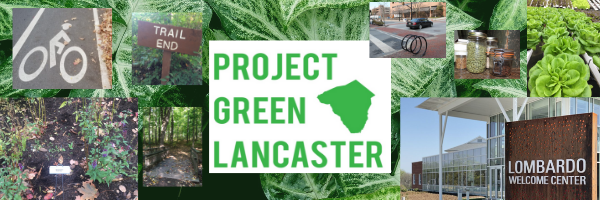Written by Miles Miller
Ways of draining and eliminating contaminated water to improve people’s quality and use for water.
Water is essential to everyone’s daily lives. Our bodies are made up of water and it is key that we treat this type of water with caution. All of the water around us is not fully healthy and clean for us to use. Around the world, you can see examples of what may happen when people use unclean water and how it affects the life they live. My generation and generations to follow will care more and more about the environment and the water we will use.
Original photo taken by Miles Miller
I am not from the state of Pennsylvania, and have noticed the difference in water quality compared to my hometown of Fort Washington in the state of Maryland. At my place of stay, I drink water from the facet for example, because I trust and believe that the natural nutrients with the water coming out are not harmful to my health. As I later realized once I came to Millersville University in Lancaster, Pennsylvania, the water is not so clean. Once I saw my roommates using a water pitcher filter, my take on the cleanliness of water became important to me.
The closest body of water near Millersville University in Lancaster County is the Conestoga River which makes up 40% of water in Lancaster. The other 60% is made up by the Susquehanna River. To ensure that these bodies of water are kept safe and clean, people are able to be a part of something bigger than themselves. Joining conservative nature groups to help pick up around the county and around rivers such as the Conestoga will help prevent the water in everyday use to be contaminated with nutrients that our bodies do not need.
Original photo taken by Miles Miller
Keying in on one river will then help expand to other parts of the County creating a community of people looking to keep the world clean. The Conestoga, for example, has an impact on myself even though I live in Maryland. The Conestoga if infected with dirt and other harmful substances can be spread throughout other bodies of water that is closed to it such as the Chesapeake Bay. After reading many reports for my safety and the safety of those around me regarding these rivers, I decided to visit the bodies of water that are in my close proximity and pick up any trash or waste that were not supposed to be there in the first place. Inserted Photo of Chesapeake Bay
Original photo taken by Miles Miller
Changing the way I treat the ecosystem is beneficial because the unselfish acts impact others around you as well. After reviewing the Lancaster Water Quality Report, I have decided to change how I treat and use the water around me. The report stated that one contaminant, Bromodichloromethane, can be found traced in tap water and that the drinking and use of this bromodichloromethane chemical leads to cancer, kidney and liver damage. The need to prevent the contamination of the water is imperative and costly to our regular lives.
Original photo taken by Miles Miller
How does the water become contaminated even with the help of picking up trash around the water? Through erosion, storms and floods. These three implications are out of human control but the way we handle the consequences can make the difference. According to Fox 43, “Creating gardens and planting new trees expanding nature around us can help contribute to water being mixed with chemicals through the plants absorption of water. The mixing of storm water with sewage water into the Conestoga Lake in and by itself is hazardous. The water that is absorbed and concentrated into the plant life will eliminate the nitrogen pollution to get rid of the dead zones that contain no oxygen or plant and animal life. The safety of yourselves and those around you has been considered through warning signs and alerts about using the mixed water, but we, as a people, can do more on our part of helping to keep the water and environment safe.
References
Conestoga(+) clean up. Lancaster Conservancy. (2020, August 9). Retrieved December 3, 2021, from https://www.lancasterconservancy.org/water-week/conestoga-clean-up.
EZMarketing. (2020, October 28). How Lancaster is a world leader in being green. Explore Retirement Living. Retrieved December 3, 2021, from https://www.exploreretirementliving.org/how-lancaster-is-a-world-leader-in-.
Green meeting resources from Discover Lancaster. Discover Lancaster. (n.d.). Retrieved December 3, 2021, from https://www.discoverlancaster.com/meetings/toolkit/green-resources/.
Lancaster, PA Water Quality Report. Epic Water Filters USA. (n.d.). Retrieved December 3, 2021, from https://www.epicwaterfilters.com/blogs/news/lancaster-pa-water-quality-report.
Pennsylvania Clean Energy. The Nature Conservancy. (n.d.). Retrieved December 3, 2021, from https://www.nature.org/en-us/what-we-do/our-priorities/tackle-climate-change/climate-change-stories/pennsylvania-clean-energy/.
To develop a proactive, efficient and cohesive countywide strategy to restore the waterways of Lancaster County, Pennsylvania. Lancaster County Clean Water Consortium. (n.d.). Retrieved December 3, 2021, from https://lccwc.com/.




